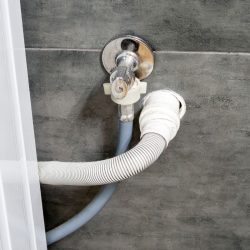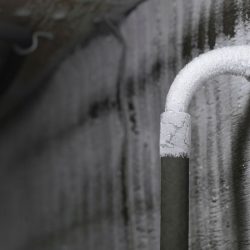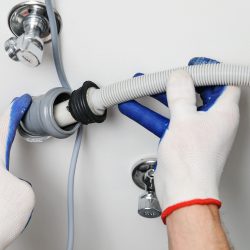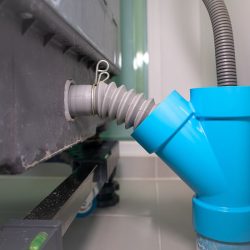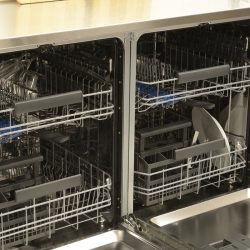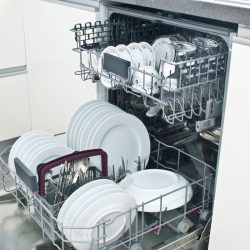Ideally, a dishwasher is placed close to the kitchen sink and drain, but you may find it necessary to extend the dishwasher drain hose when this isn't possible. So how is this done? We've done the research to give you a step-by-step guide.
To extend a dishwasher drain hose, you must:
- Cut off power to the dishwasher for safety.
- Locate and loosen the drain pipes.
- Connect existing drain duct and extension hose using a two-way coupling.
- Finish connecting the pipes and extension hose using a barb union.
- Tighten all connections and tidy up.
- Test your work.
Now that we've provided you with basic instructions on how to complete this project, you may have other questions or desire more detailed instructions. Keep reading to learn more.
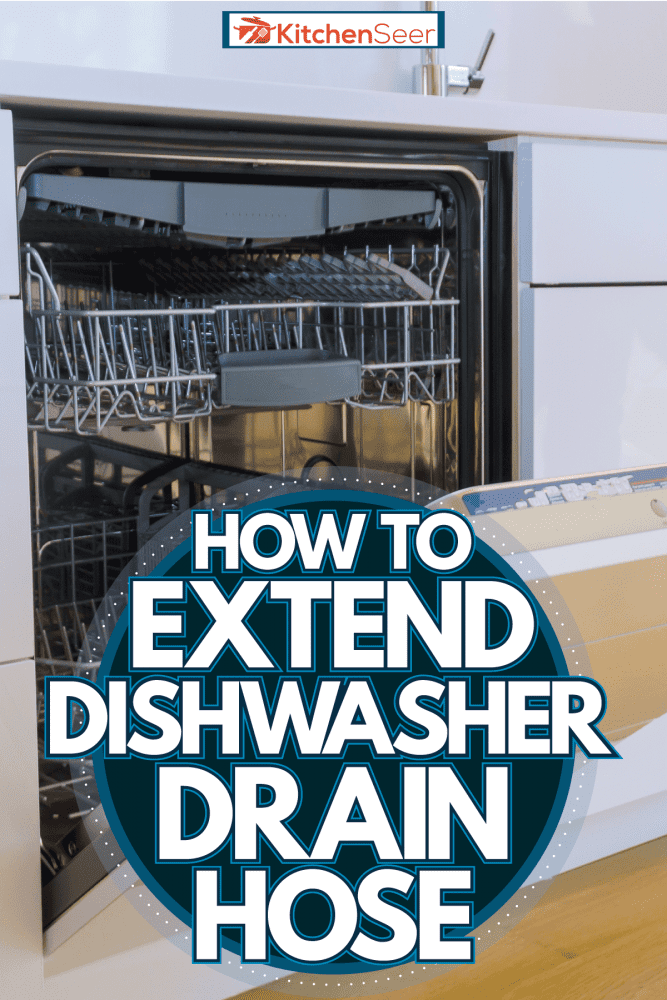
Completing The Extension
You may need more detailed instructions to complete the project correctly when taking on this task. We will give you direction, including choosing the right products for your project.
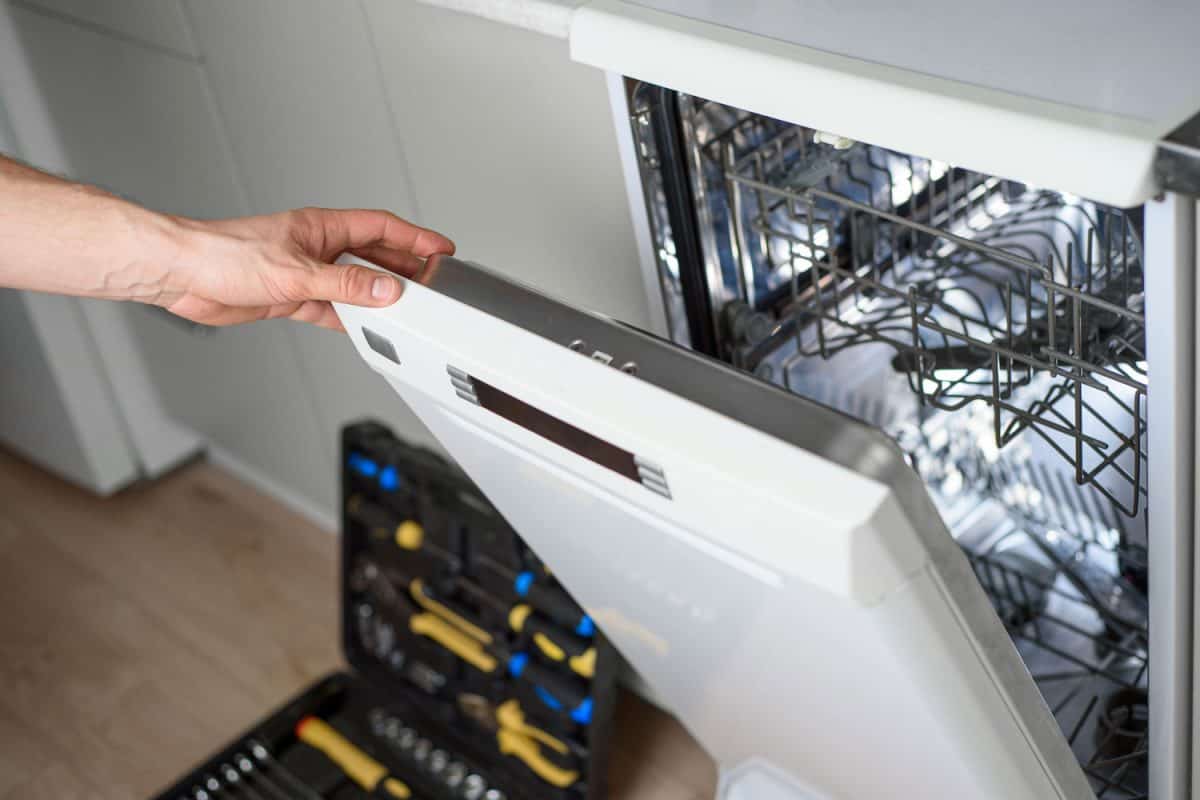
Gathering Supplies
Collecting the correct supplies is essential to ease of installation, as well as to end with a well-working appliance and plumbing. Firstly, you should measure the diameter of the existing drain. This will let you know what size drain hose to purchase.
It's worth noting that most drain pipes are universal in their sizing, but this is a step that should be taken to be sure before moving forward in your project.
For supplies, you will need pliers, a screwdriver, a hose clamp, a drainpipe extension hose, a drain hose barb union [also known as a T barb or Y union], two-way couplers, and a towel.
Take a look at this hose clamp set on Amazon.
What Size Coupler For Dishwasher Drain Hose?
It is recommended to use a 1/2 inch two-way coupler for the drain hose, and it is suggested to use one of copper material.
Check out these two-way pipe couplings on Amazon.
Cut Off Power
Turning off the power to the dishwasher is essential before beginning your project for safety reasons. Electric shock can cause severe injury or death, and when you are working on appliances that are supplied electricity, it is a serious risk.
To prevent injury, you can both unplug the dishwasher and flip the breaker that controls electricity provision to that area of the home.
Locate And Loosen Drain Pipes
Once you have cut off the electricity to this area, you need to turn off the water supply valve. Then locate the drain pipes you are aiming to connect using your extension.
These pipes are often within the cabinetry, but there are instances in which a homeowner will have to remove the washer itself to reach the pipes. If this is the case for you, be sure to disconnect the wires and nuts in the junction box before doing so.

Once you have access to the drain pipes, spread your towel beneath them before beginning to loosen them. When this is done, it's normal to see some water leakage, but it should not be a significant amount if you have remembered to turn off the water supply valve.
Proceed to loosen the screws on the drain pipes with your screwdriver, separating them. Then, it will be time to apply the coupling.
Apply The Coupling
Now it is time to install your two-way coupling. Examine the drain pipes. One may have a smaller duct than the other, or they may be the same size. If there is a smaller drain duct, choose this one to apply the coupling to.
Begin by attaching the clamp to the chosen drain duct. Then insert the pipe into the coupling. Two-way couplings are equipped with a notch midway to give guidance on where the pipe should stop to ensure a tight fit and give room for the extension. Push the pipe through until it reaches the notch and stops moving.
Now, taking your hose extension, attach another clamp. Then insert the end of the hose extension into the other side of the coupling. Stop when it reaches the midway notch. Tighten the clamps on both the pipe and the extension, and then move on to connect the barb union.
Connect Using Barb Union
Now the pipes should be in reach of one another. Take each end and apply a clamp. Then feed them through the top ends of the Y-shaped barb connector, far enough that the fit is snug and will not leak. Once this is done, connect the extension through the bottom of the barb union using another coupler.
Check out these Y-shaped barb unions on Amazon.
Tighten All Connections
Finish up by using your screwdriver to tighten all connections on the clamps. Make sure that the pipe connections feel firm and will not leak. Clean up any remaining water with your towel.
If you have had to remove the dishwasher, move it back into place and reconnect the wires and nuts in the junction box.
Plugin the dishwasher, flip on the breaker, and turn on the water supply valve. Once all of this has been done, your project is complete!
Test Your Work
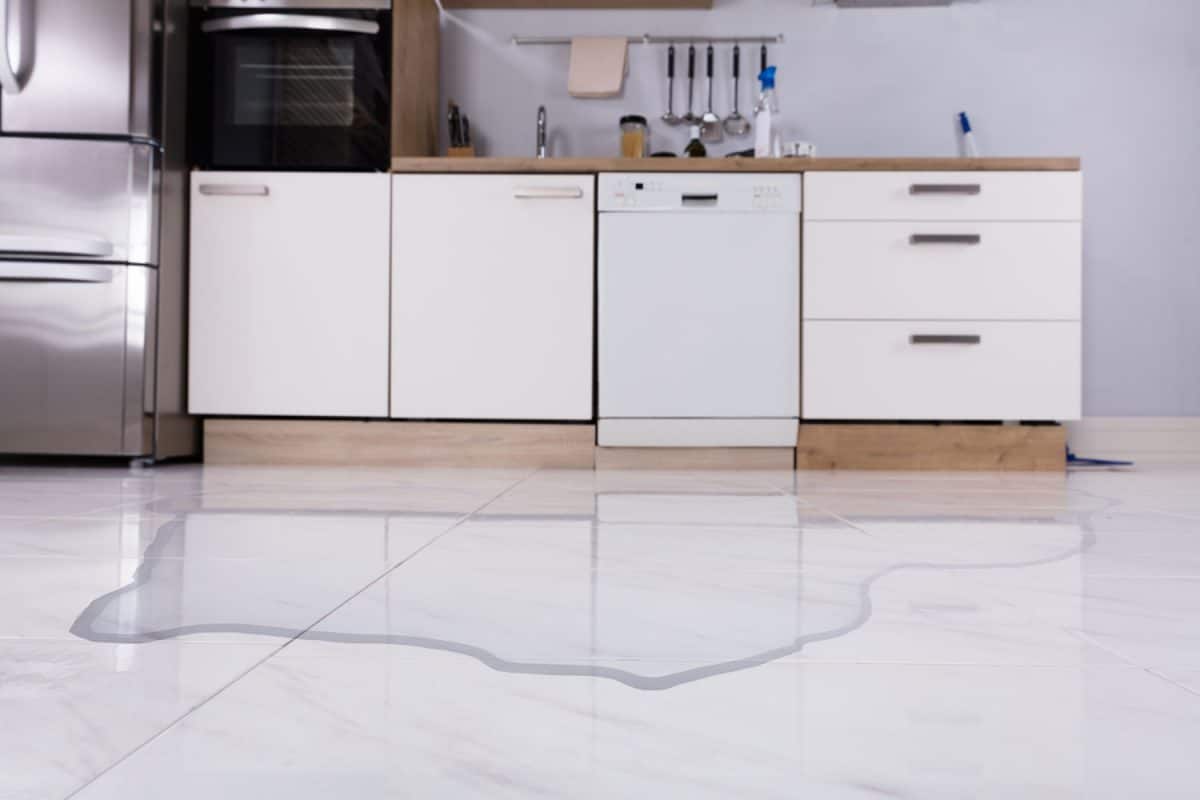
You can test your work by running the dishwasher empty through a cycle. Throughout the cycle, pay close attention and watch for leaks.
If there are leaks, you will want to move through the system you have put together and make sure all connections are tight and rigid.
Related Questions
Now you have a better idea of how to extend your dishwasher drain hoses safely and effectively, but you may have other questions about this plumbing system. We've covered some of the most frequently asked.
Should Dishwasher Drain Hose Be Looped?
In some cases, yes. A "high loop" is often used to create proper drainage, but there is another method to do this that does not include looping the drain hose.
In some cases, a homeowner may choose to install an "air gap" above the countertop. This is the preferred method for new dishwashers.
What Is The Minimum Length For A Dishwasher Drain Hose?
Dishwasher drain hoses are created at a minimum of six feet in length. This is the standard for many, as it will connect to the dishwasher with just enough but not too much slack. On the other hand, dishwasher drain hoses can be extended to be 12 feet at a maximum.
How Do You Install A Dishwasher Drain Without A Sink?
It's uncommon, but at times a homeowner may want to forego connecting the dishwasher drain to the sink altogether. This may happen if the dishwasher is located on a kitchen island, for example. This makes for a bit more complicated plumbing, but it is possible.
You will need to install horizontal drains, each moving downward at 1/4 inch per foot. A vent can be located in a nearby wall, or a vent pipe [or plumbing stack] can be located above the drain. Clean-outs for accessing the drains should be placed throughout the system to be convenient.
A "high loop" is best for this drainage system, and it should be brought as high as possible. This loop should also be created with a pipe that is one size larger than the drain size.
In Conclusion
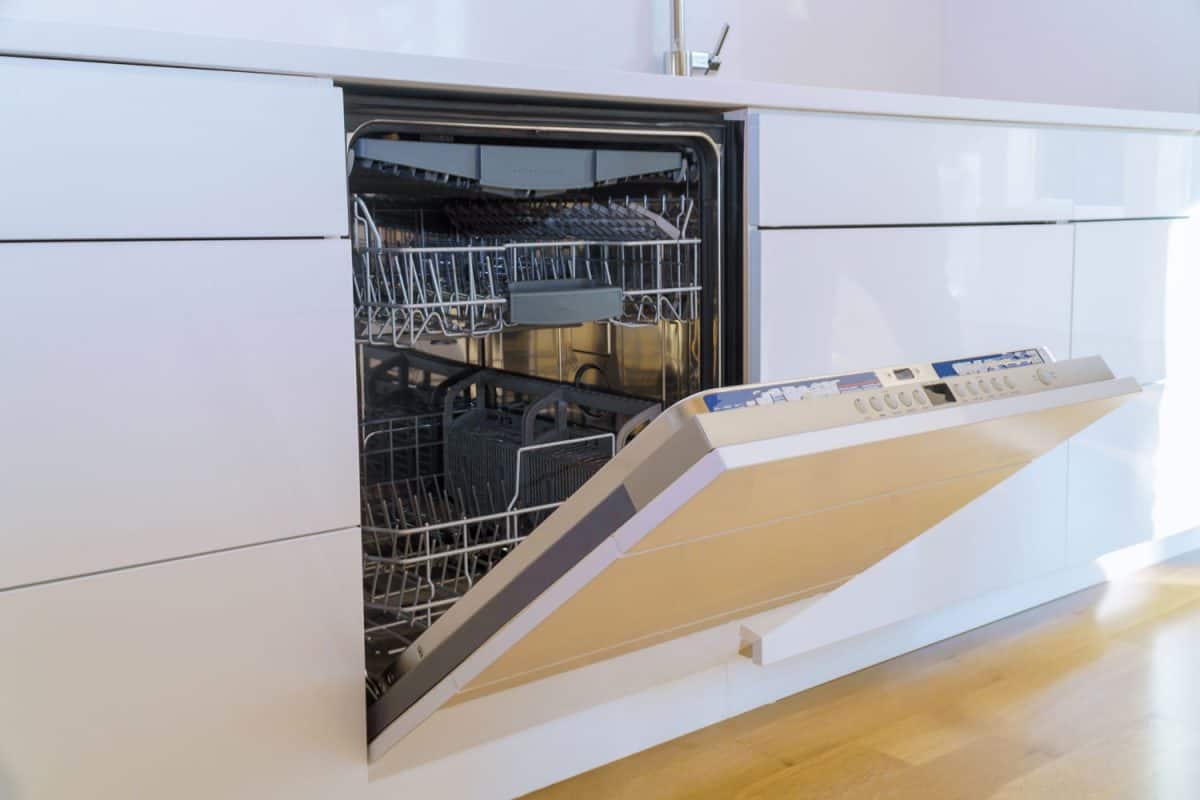
When attempting to remedy a plumbing issue, the task can seem daunting to a homeowner. Extending a dishwasher drain hose is no exception, but it can be done. We have given you detailed instructions and answered some other related questions on the topic. We hope that this will aid you in completing your project.
Want to learn more about kitchen appliances and plumbing? Visit these related posts:
Is Garbage Disposal Considered Plumbing Or An Appliance?
Does A Kitchen Sink Need A Vent?
How To Reset A Garbage Disposal In 4 Steps




